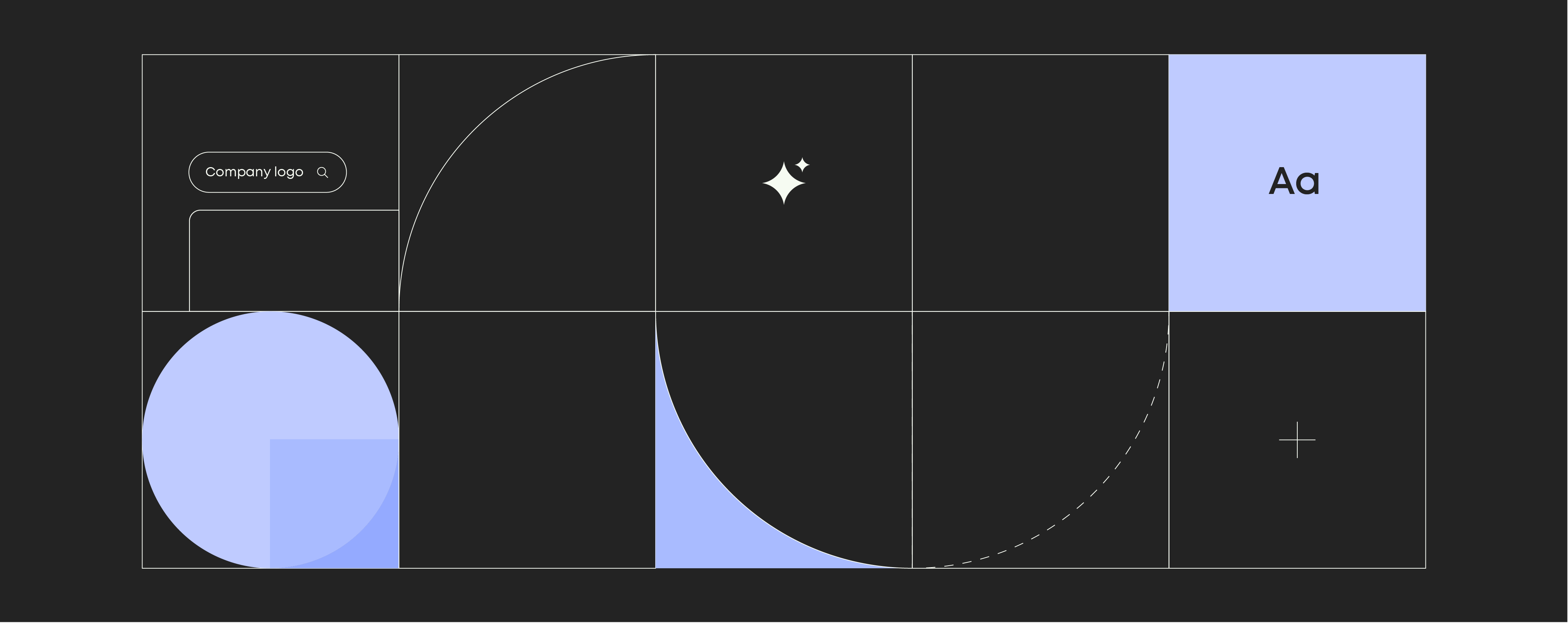The power and purpose of brand equity

How positive brand associations can drive loyalty and increase profitability — and the risks of developing a negative brand reputation.
Ask almost any company and they will tell you that improving their brand awareness is a top priority. In fact, 77% of marketing leaders say building a strong brand is critical to their growth strategy.
Having a recognizable brand name is highly advantageous, especially in industries with high competition. That’s because consumers are reluctant to take a risk on an unknown quantity, preferring familiar and recognizable brand names.
From a consumer perspective, it makes sense. Choosing a well-respected brand can save time in comparing similar products, and usually leads to satisfying outcomes. After all, well-known brands usually become familiar for a reason: quality.
This brand-based value driver has a name: brand equity.
But how can new or growing companies develop strong brand equity? And what are the subsequent effects of having a high or low brand equity?
What is brand equity?
Brand equity refers to the value of a brand’s name in the minds of consumers. It is the difference between the value of a branded product, and the value of that product without a brand name attached to it.
Companies and products with a high brand equity can generate more revenue through greater brand recognition, both by selling more products and by charging higher prices. However, when a brand disappoints its customers and develops a negative reputation, it can develop low or negative brand equity, leading to loss of business.
Brand equity is also directly related to brand awareness. Regardless of specific associations, people are more likely to choose a brand they are familiar with, which sets the foundation for building brand loyalty and other positive associations.
The ROI of positive brand equity
Brands with high equity are market leaders because the intrinsic value of their brand names makes it easier to acquire and retain customers.
Here are some of the top ways brand equity can improve your marketing ROI:
Brand equity drives perceived value
Perceived value is the result of deeply embedded positive brand associations in the minds of customers. It is how brands like Louis Vuitton, Apple, and Adobe can command such high prices in the market, relative to competitors. Customers are willing to pay more for recognizable brand names, regardless of absolute costs, resulting in higher profit margins.
Brand equity creates customer loyalty
Brands that carry strong positive associations are more likely to generate brand loyalty, as they receive both intrinsic positive feedback (the satisfaction of purchasing and using a “premium” product) as well as extrinsic feedback (the recognition from others of using something considered “desirable”).
People who are loyal to a brand are also seven times more likely to forgive brands for mistakes and nine times more likely to try new products from that brand.
Brand equity reduces customer acquisition costs
Brand names with high recognition attract customers, relying less on paid advertising. Where an unknown brand might require a full-funnel marketing campaign, a brand with strong equity can generate more awareness with fewer messages.
Brand equity maximizes customer retention
Companies with high brand equity typically have high customer retention — a direct effect of brand loyalty. Companies benefit from the recurring revenue of customers who are eager to upgrade or buy new products from them, without needing to invest heavily in customer retention campaigns.
Take control of legal compliance
Ensure robust legal compliance by seamlessly embedding crucial, customized legal disclaimers in every email. This enables users to take control of the consistency and clarity of legal messaging across all communication channels.
The risks of negative brand equity
It is possible, however, to cultivate negative brand equity — and it can be as damaging as positive brand equity is beneficial. Brands that have upset or disappointed consumers can develop a reputation that even exceptional products, services, and marketing cannot dislodge.
Facebook, for example, has almost three billion active users, and yet has suffered a hit to its popularity in recent years due to scandals and growing criticism over its handling of misinformation. This culminated in a series of boycotts, resulting in the exodus of thousands of users and the loss of ad revenue.
In 2019, just after Uber went public, its valuation and share price plummeted following numerous controversies and questions about its business practices.Users rallied around the #DeleteUber hashtag, ultimately leading to lost revenue and high-profile employee layoffs.
Negative brand equity can have long-reaching effects — just ask BP, still recovering from the Deepwater Horizon oil spill in 2010. Within the oil and gas industry, the effects of brand equity are felt less on the consumer side — the long-term effect on gas sales has been negligible — but are more noticeable in its supplier relationships. When BP approached its bankers to raise funds to continue its cleanup efforts, they were forced to pay higher margins and fees as a result of the greater reputational and financial risks associated with them.
Protect your brand
The last mile in brand management
How to maximize your brand equity
Companies who want to build positive brand equity should know it’s a long process — but well worth the effort. Although there is no single strategy to follow, companies interested in developing their brand should follow these principles:
Develop a recognizable brand image
Invest the time and effort needed to create a clear and recognizable brand — both in terms of visuals and messaging. No matter how a consumer encounters the brand, the experience should be consistent in terms of look and feel and how your brand values are conveyed.
Build greater brand awareness
Once you have a consistent brand to promote, it’s time to share it broadly. Engage with different communities both online and in person through various mediums: social media, videos, articles, events, etc.
Clarify values and emphasize positive associations
Listen to your target audience and tap into what matters most to them — and then consistently position your brand as aligned with those values. By giving consumers a “why” to support your brand, you’ll drive greater loyalty and create the consistency necessary to generate a strong brand image.
Give people time to love you
People are quick to purchase from a brand they trust and slow to try anything new.If you want new customers to try your (as yet) unknown brand, they need time to think, compare, test, and purchase.Especially in a B2B setting, factor in a long sales process with multiple touchpoints.
Lean into the comparison
It may be scary to reference better-known competitors, but your consumers are already comparing you. Make the decision-making process easier for them by providing comparison tables that show how you stack up to the competition — and what sets you apart.
Take control of all branded content
The bigger a company gets, the harder it is to control brand consistency — especially when rolling out new products or other brand updates. Make sure you have a system in place to centralize brand management and give employees access to all the latest brand assets.



